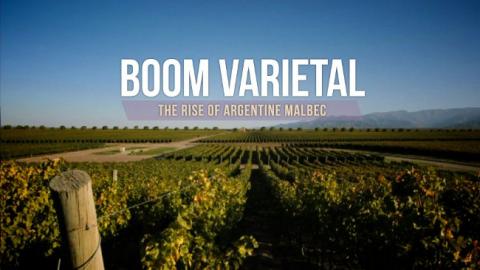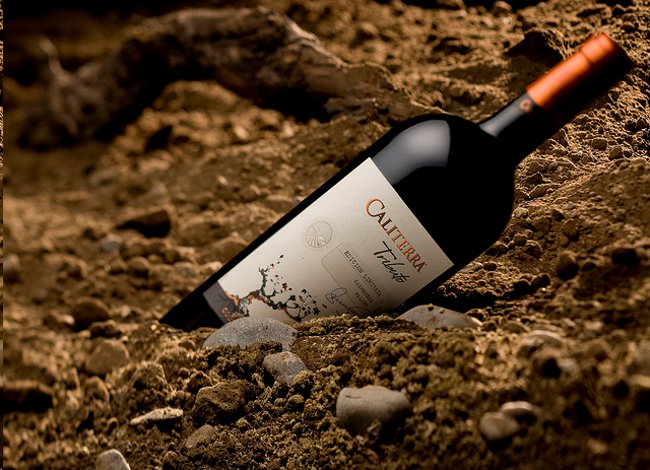‘Boom Varietal’ is a Pleasing Documentary Up Front, But Unspectacular in the Finish

This seems to be the year of the food documentary. A slew of films on wine, cooking and the like have been hitting the independent film circuit, including Somm, following candidates for the Master Sommelier exam; Kings of Pastry, about elite dessert chefs; and Wine, Women and Friends, which features a lesbian winemaking couple in France, to name a few. And here we have Boom Varietal: The Rise of Argentine Malbec, a 2013 Oenovideo International Grape and Wine Film Festival winner. It’s a good-looking enough film, offering all the sun-dappled vineyards, perfectly plump grapes and unpretentious-yet-passionate talking heads a filmgoer could want—but there just isn’t much else to boast of.
To be fair, the first 15 minutes or so of this 72-minute (it only feels longer) documentary are actually quite interesting. They detail a variety of historical and market forces, both in the U.S. and Argentina, that led to the success of Malbec, the signature grape varietal of Argentina in general and Mendoza Province in particular. Once a major grape grown in Bordeaux, Malbec came to Argentina in the 19th century with French and Italian immigrants. It thrived in Mendoza, became the pillar of the state-run Argentine wine industry, and fell into disfavor due to the massive production of poor quality wine from the 1950s through the 1980s. When those large-scale wineries eventually collapsed, boutique wineries—producing small batches of high quality product—took their place in the 1990s and were able to turn on American wine drinkers, always thirsty for something new and palate-pleasing (and, according to some, easily pronounceable) at a solid value. The Malbec boom was underway.

Despite this promising start, the rest of this film feels very much like a PR piece for potential investors. Which perhaps isn’t surprising: directed by Sky Pinnick, the producer is Kirk Ermisch, CEO of Southern Wine Group, a Latin American wine importer. Vineyards are beautiful, Mendoza seems like a fun and vibrant city, and it is nice that so many winemakers featured are given the space to talk about wine in their own words—other than a few notes that flash on the screen, the vintners basically tell the story. But so much footage of vines in full leaf, grapes being poured into one container or another, and everyone waxing poetic on family and tannins and terroir loses its appeal fairly quickly. One dissenting voice (the manager of a New York wine bar, skeptical about Malbec’s appeal) is given her moment, but she comes across as so contemptuous that she loses credibility.
Boom Varietal isn’t bad, exactly; it’s just so mundane. Much of the information is elementary for anyone with even a smidgen of wine knowledge. Those who might benefit from a brief education (or be impressed by the beauty of the Lujan de Cuyo) will find the subject matter too dull to stick with it. Oenophiles will probably appreciate anything that places the wine industry front and center, if only to gab about it with their sophisticated friends over dinner. It’s a shame, though, that the extraordinary and intricate history of Argentina’s signature varietal seems washed out by a travelogue-style of filmmaking.
Author Bio:
Nancy Lackey Shaffer is a contributing writer at Highbrow Magazine.




























































































































































































































































































































